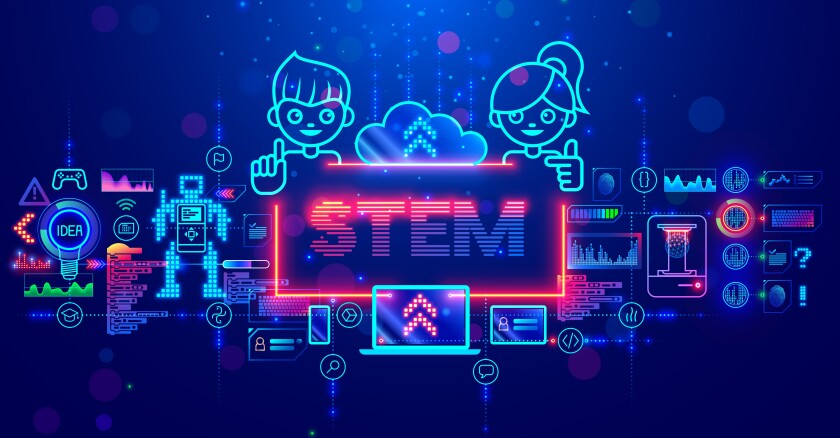Vernier said in a news release last week that Vernier Connections, which is being built up by a team of educators with teacher feedback, will have projects and investigations that give students more interactive experiences while increasing STEM literacy, helping students think critically and training them to solve challenging problems. It said the tool is a response to the changing landscape of education caused by the COVID-19 pandemic, and it will be piloted at the start of the next academic year.
Educators using the platform will still be able to create their own content, allowing them to meet a given school district’s requirements. But the tool will also complement their lessons with Vernier’s curriculum, the release said. Activities are broken into sections, allowing users to see how many sections they’ve completed. Work is submitted into the platform, giving teachers a glimpse into the student’s progress. Eventually, the news release said, the platform will include a wealth of instructional content, assessments, management tools and other resources.
“It will be a great way for teachers to be able to create their own activities, but with built-in assessment tools, built-in ways of grading, and it ties into their (learning management system) that should be an easier way for them to do hands-on and project-based learning in a science classroom,” Vernier CEO John Wheeler told Government Technology.
Wheeler said educators, many of whom were involved in writing the Next Generation Science Standards, have expressed interest in helping flesh out their product. One thing Wheeler noted is that there will be an element of professional development to help train teachers on how to use the tool, as well as support from Vernier’s staff as teachers implement it into their curriculum. That said, Wheeler was confident that the tool will be intuitive and increase efficiency in the classroom.
“This is the next evolution. Instead of having to have a separate piece of paper, and then you write everything down on a piece of paper and turn that back in, this integrates all that, hopefully saving the teacher time, but also to have a richer experience,” he said.
Vernier will continue to build the curriculum throughout the pilot program and ramp up their efforts at the beginning of 2023, with hopes of having a full rollout of the service come March or April next year, Wheeler said.















